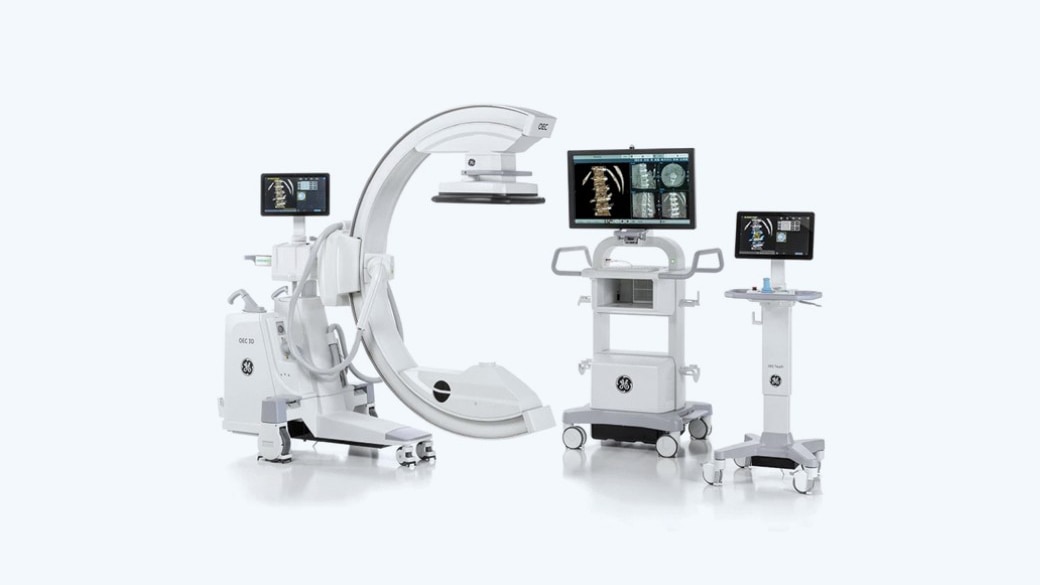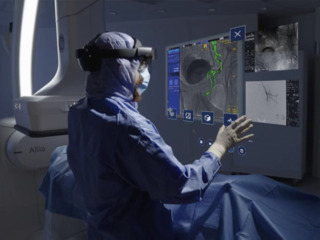How does Course Hero make money?
The company offers a freemium model, where users can pay to access more content and ask questions
Read more... The tech IPO market cratered in 2022, with IPO deal proceeds falling 94%, and no tech deal raising $1 billion, while 15 IPOs had raised at least that much the year before. It was particularly bad for healthtech, which was coming off a year were at least 15 companies went public, either through an IPO or SPAC; that was compared to seven healthtech IPOs in 2019, and eight in 2020. Almost no healthtech companies went public in 2022.
The tech IPO market cratered in 2022, with IPO deal proceeds falling 94%, and no tech deal raising $1 billion, while 15 IPOs had raised at least that much the year before. It was particularly bad for healthtech, which was coming off a year were at least 15 companies went public, either through an IPO or SPAC; that was compared to seven healthtech IPOs in 2019, and eight in 2020. Almost no healthtech companies went public in 2022.
While experts don't expect the healthtech IPOs to rebound in 2023, there has already been one major company in the space to enter the market this year, though not exactly in the traditional way: on Wednesday, GE Healthcare debuted on Nasdaq after officially splitting off from its parent company.
In November 2021, GE announced it would be splitting into three companies: GE Aerospace, GE HealthCare, and GE Verona (the combination of GE Renewable Energy, GE Power, GE Digital, and GE Energy Financial Services).
GE HealthCare, which has approximately 51,000 employees, and serves customers in more than 160 countries, generate revenues from the sale of medical devices, single-use and consumable products, service capabilities, and digital solutions.
The company is organized into four business segments: Imaging, Ultrasound, Patient Care Solutions, and Pharmaceutical Diagnostics.
Imaging
GE Healthcare's Imaging portfolio is made up of seven product lines and associated service capabilities:
The company also supplements its imaging solutions with more than 200 digital applications and software solutions, which use AI and advanced data science capabilities, as well as specialized global service capabilities, to support devices with repairs, upgrades, and lifecycle management. It also includes complementary enterprise solutions, such as education and training, equipment financing, and data integration services.
"Our broad enterprise solutions across the imaging continuum enable us to drive connectivity across healthcare systems and throughout the product lifecycle. Together, our intelligent imaging devices, digital solutions, and specialized services are designed to increase accuracy and precision of diagnostic and therapeutic efforts, improve efficiency of radiology operations and workflows, and enable precision therapy delivery," the company wrote.
In 2021, GE HealthCare's Imaging business generated $9.4 million of revenue, a 5% increase year-over-year from $9 million in 2020, representing 54% of GE HealthCare’s total revenue for the year.
Ultrasound
GE HealthCare's Ultrasound business includes approximately 400,000 ultrasound medical devices and solutions, and serves customers across five clinical areas:
"We focus on designing and developing solutions that are aligned by specialties/care areas for specific clinical workflows to better serve the unique needs of our customers and improve patient outcomes, while lowering the overall cost of care. We continue to innovate and deliver best-in-class ultrasound probes and consoles, and to develop digital solutions that increase diagnostic accuracy and simplify clinical workflows. We enhance our leading technology with leading customer service that includes customer education and technical support with the goal of improving clinical workflows and operational efficiencies," the company wrote.
In 2021, GE Healthcare's Ultrasound business generated $3.2 million of revenue, a 17% increase year-over-year from $2.7 million in 2020, representing 18% of GE HealthCare’s total revenue.
Patient Care Solutions
GE HealthCare’s Patient Care Solutions portfolio includes Patient Monitoring, Anesthesia Delivery and Respiratory Care, Maternal Infant Care, Diagnostic Cardiology, and Consumables.
"One of PCS’ key competitive advantages is our unique position at the center of care delivery, ability to acquire data, and expertise in transforming data into real-time visual and clinical decision support across acute and other care settings, allowing our customers to provide better care to patients," GE HealthCare wrote.
"Customers and care teams trust that our intelligent devices, innovative tools, and digital solutions will provide precise, reliable, accurate, and actionable data at critical decision points in a patient’s care journey."
In 2021, the PCS business generated $2.9 million of revenue, a 21% decrease year-over-year from $3.7 million in 2020, representing 17% of GE HealthCare’s total revenue. The company attributes the decline to lower demand from the moderation of the COVID-19 pandemic.
Pharmaceutical Diagnostics:
GE HealthCare’s PDx business is a supplier of diagnostic agents to the global radiology and nuclear medicine industry, which are designed to help clinicians assess patients to enable more precise diagnoses and better therapy selection. The company's products were used in over 100 million patient procedures globally in 2021.
"Our diagnostic agents are complementary to our imaging and ultrasound devices, including CT, angiography and X-ray, MR, single-photon emission computed tomography (“SPECT”), positron emission tomography (“PET”), and ultrasound, and are also compatible with systems from other equipment vendors," the company wrote.
"We believe our established positions in imaging scanners, contrast media, contrast injectors, chemistry systems, radiopharmaceuticals, and cyclotrons give us unique insights into end-user needs that allow us to continuously innovate our product portfolio to offer differentiated solutions."
In 2021, the company's PDx business generated $2 million of revenue, a 13% increase year-over-year from $1.8 million in 2020, representing 11% of GE HealthCare’s total 2021 revenue.
GE HealthCare stock is trading at $59 a share with a $26.83 billion market cap.
(Image source: gehealthcare.com)
The company offers a freemium model, where users can pay to access more content and ask questions
Read more...The company sells a premium version of its free product to parents, schools and districts
Read more...Initially a platform for renting textbooks, it now makes 90% of revenue from software subscriptiions
Read more...